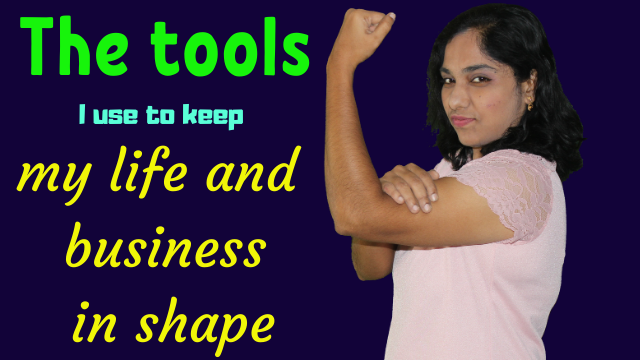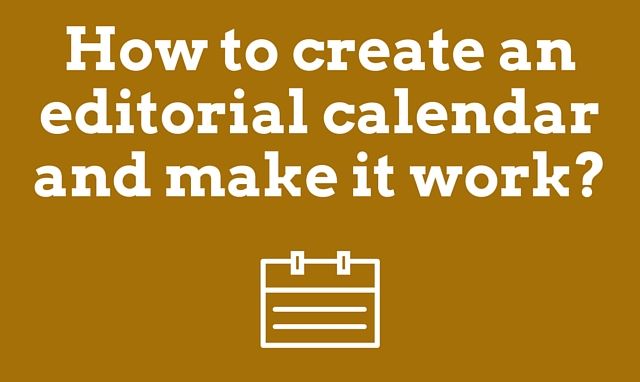We all strive to achieve high levels of productivity. We all have different ways of getting things done. Some are morning bees, while some are nightly owls. And throughout the day our energy varies. That affects our productivity a lot. Which is why I am a strong believer of having a system in place to […]
How to create an editorial calendar that you would use?
Editorial calendar. You would hear a lot about it especially around New Year time – when the enthusiasm is at its peak. I remember myself hunting for editorial calendar templates around Christmas so I can plan the coming New Year ahead – and blog like a pro! I’m sure you should also have faced such […]

